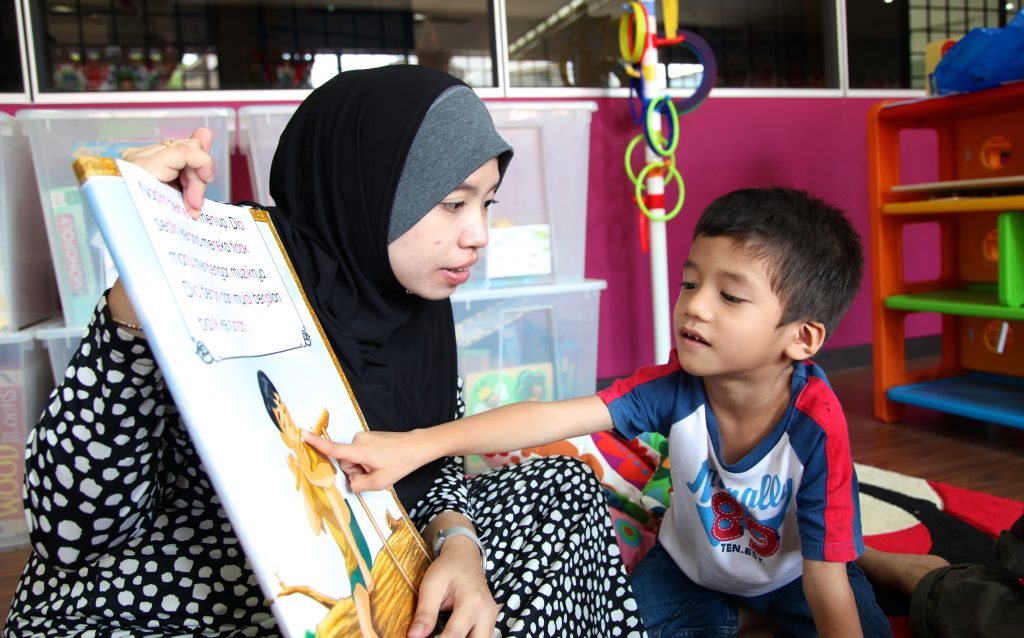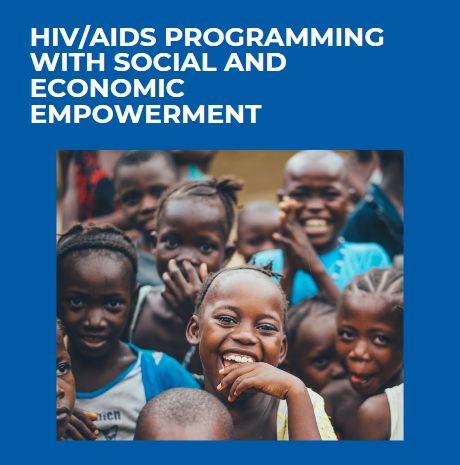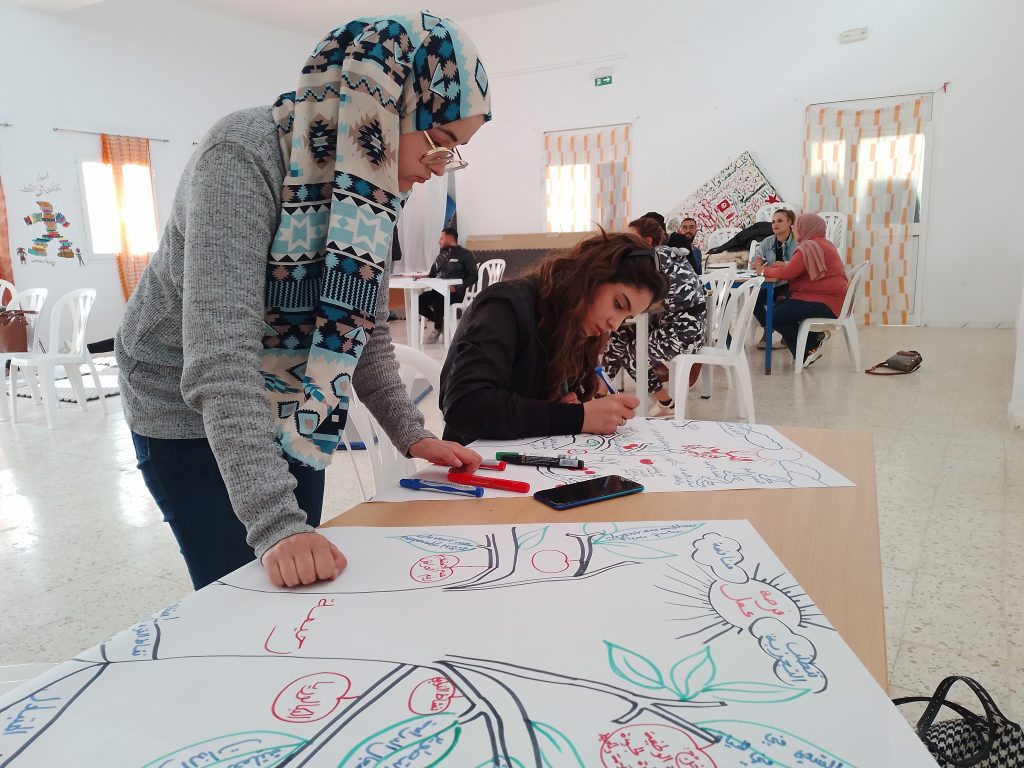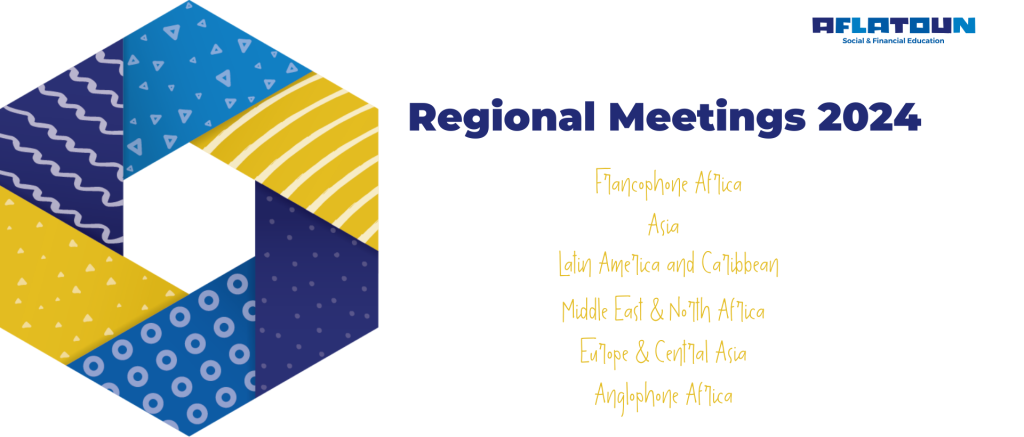Integration of Social and Financial Education into the National Education Systems
Globalization demands learners to be adaptable and possess skills to navigate complex situations. There’s a global shift towards skills-based curricula, identifying essential competencies alongside traditional subjects. Consequently, governments are integrating social and financial education into national and regional curricula.
What is National Integration ?
It is the inclusion and mainstreaming of social and financial education content into the curriculum at the national or sub-national level.

Why National Integration?
Integration is both a means and an end:
- Integration is a means to expand access to education for all children and youth towards education for all. National governments are responsible for public education and have the broadest impact and reach.
- Integration ensures the sustainability of the provision of social and financial education either as a standalone or infused subject.
- Financial education is a public good in nature, therefore initiatives by the non-profit and private sectors should ideally be coordinated or integrated into the national framework.

2 Approaches
There are two main approaches that can be used to integrate Social and Financial Education programmes into national curricula: infused integration and stand-alone practice.
However, we have observed more ways in which partners are able to introduce SFE into their national curricula. Together with our partners, we have integrated SFE also through teacher training, extra-curricular activities and textbook integration, hence showing the number of approaches that are possible.
- Infused Integration: This approach is a common method used by Aflatoun to integrate Social and Financial Education into specific school subjects. This approach is often adopted during curriculum reviews or reforms, where the curriculum is examined for its relevance and potential in delivering social and financial education. The review can range from a literal analysis, such as identifying instances of the word “saving,” to a more comprehensive assessment of opportunities to empower learners with financial education knowledge, skills, attitudes, and values. Successful infusion involves developing a scope and sequence for SFE content, establishing learning objectives, and then identifying suitable subjects to incorporate the SFE content and objectives into relevant topics or themes.
- Standalone Integration: in this approach, Social and Financial Education is introduced as a dedicated subject within the school curriculum, either as a required or optional course. This method allows for focused time on the subject and assigns a specific teacher to deliver the lessons, making the integration and delivery processes more straightforward and quicker than the infusion model. However, this separation can pose challenges regarding sustainability, as it may increase labour costs, demand more time from teachers, and be vulnerable to changes in political priorities.











